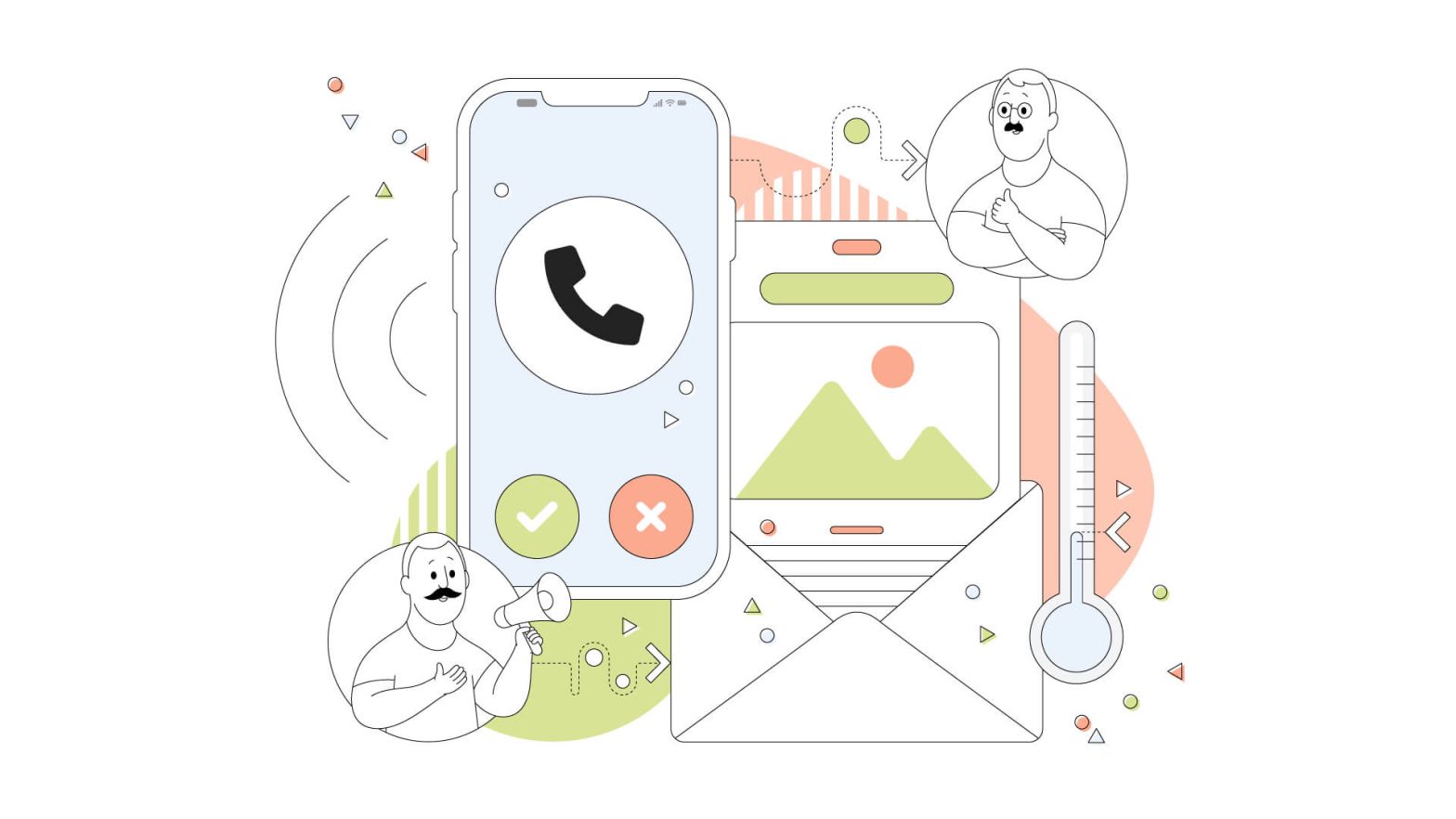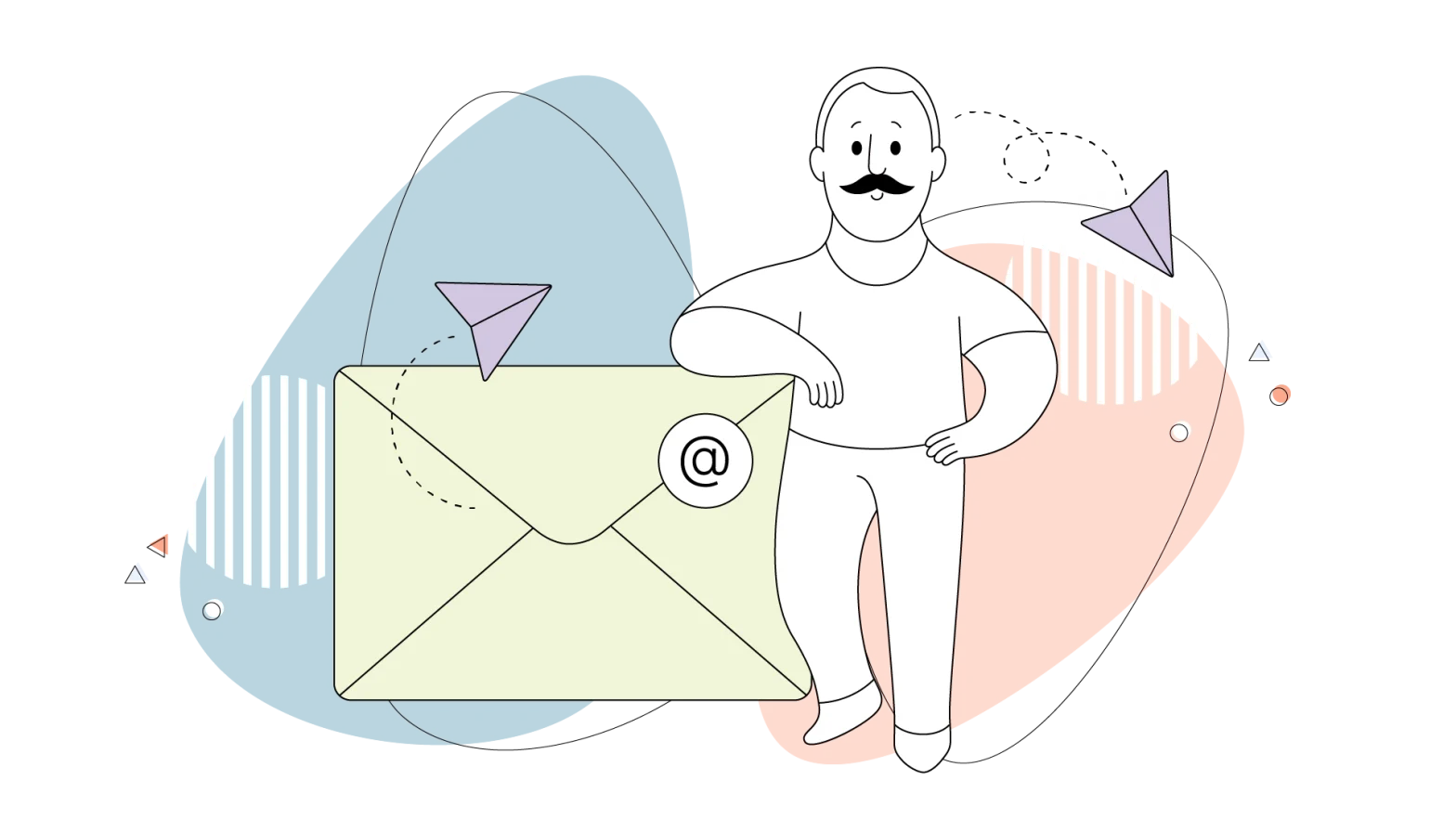It can sometimes feel a bit daunting if your business relies on reaching out to prospects as part of its daily operations.
Your first impression means everything, so nailing your sales methods can already give you a huge advantage. Take cold emails and cold calls, two popular ways to reach customers. Which is best for your business and the products or services you have to offer?
Let’s explore how the method you choose can give you a strong response and which way is optimum for your organization.
- What Are Cold Emails and Cold Calls?
- Cold Emails vs. Cold Calls Overview
- The Best Tools for Cold Emails and Cold Calling
- Choosing Between Cold Calling vs. Cold Emails
- Which Is Better for Your Business?
What Are Cold Emails and Cold Calls?
Cold emails and cold calls are two different methods used in sales and marketing to reach out to potential customers to make a deal. These customers are those who have not previously expressed any interest in the product or service being offered, hence why the methods are “cold.” On the other hand, if the customer had previously been in touch, it could be described as a “warm” lead.
Both methods involve initiating contact with prospects who are unfamiliar with the salesperson or the company they represent.

Cold Emails
Cold emails are unsolicited emails sent to individuals or businesses who have not provided their contact information or explicitly expressed interest in the sender’s offerings.
A cold email aims to introduce the sender, establish a connection, and generate interest in the product or service.
In the outbound lead generation process, the sender usually provides information about their product or service, highlights its benefits, and invites the recipient to take further action, such as scheduling a call or attending a webinar.
Cold Calls
Cold calls involve contacting potential customers by phone without any prior contact or relationship. Sales representatives make unsolicited calls to prospects to introduce themselves and the business, generate interest, discuss the product or service’s benefits, and hopefully close a sale.
A cold call aims to initiate a meaningful discussion with the prospect, understand their needs, and present a solution that meets those needs.

Cold Emails vs. Cold Calls Overview
Both cold emails and cold calls can be effective when executed well, but they also come with challenges. For example, many people are wary of unsolicited communications and may view them as intrusive. Some may even see an unknown number and choose not to pick it up. In contrast, some may send those cold emails straight to the trash.
Pros and Cons of Cold Emails
Let’s look at some of the pros and cons of cold emails.
Pros of Cold Emails
- Cost-Effectiveness
Sending cold emails is relatively inexpensive compared to traditional advertising or direct mail campaigns, making it a cost-effective marketing strategy, especially for startups and small businesses.
- Scalability
Cold emails can be easily scaled to reach many potential customers simultaneously, allowing for broad outreach and lead generation.
- Precise Targeting
With proper segmentation and research, you can target specific demographics, industries, or individuals more likely to be interested in your product or service.
- Automation and Tracking
Some email marketing tools allow you to automate sending cold emails and track the campaign’s success.

- Personalization
While cold emails may be unsolicited, they can still be personalized to some extent. You can address the recipient by name and include relevant information, which can increase the chances of engagement. You can also use an eFax service to send additional information.
- Non-Intrusive Response
Recipients can respond to the email at their convenience, without the immediate pressure of a live conversation.
Cons of Cold Emails
- Lower Response Rates
Cold emails typically have lower response rates than warm or opt-in emails because recipients may not recognize the sender or have any prior relationship with them.
- Potential for Spam
If not done carefully, email filters can flag cold emails as spam, reducing deliverability and potentially damaging the sender’s reputation.
- Lack of Personal Touch
Despite efforts to personalize cold emails, they may still lack the personal touch and immediate connection that can be established through other forms of communication like phone calls.
- Limited Expressiveness
Email communication may not fully convey the sender’s tone, enthusiasm, or empathy, potentially leading to misunderstandings or misinterpretations.
- Overwhelmed Inbox
Many people receive many emails daily, and cold emails might get lost or overlooked in a crowded inbox.
Pros and Cons of Cold Calls
Here are some of the pros and cons of cold calls.
Pros of Cold Calls
- Immediate Interaction
Cold calls allow for real-time conversations with potential customers, providing instant feedback and the opportunity to address questions and objections on the spot.
- Human Connection
Speaking directly to a prospect creates a more personal connection, potentially building trust and rapport, which can be harder to achieve through other communication methods.
- Higher Engagement Potential with Automation
Cold calls demand more immediate attention from the recipient than other communication forms, potentially leading to higher response rates. Virtual agent software can also speed up the calling process.
- Customization and Adaptation
Sales representatives can tailor their pitch based on the prospect’s responses and adapt their approach to suit individual needs, increasing the chances of success.
- Effectiveness for Complex Offers
Cold calls effectively convey complex or technical information that may require real-time explanation and clarification.

Cons of Cold Calls
- Intrusiveness
Cold calls can be perceived as intrusive and disruptive, especially if the prospect isn’t expecting the call.
- Time-Consuming
Cold calling can be time-consuming, often involving dialling numerous numbers before connecting with the right person.
- Rejection and Objections
Sales representatives may face rejection and objections during cold calls, which can be discouraging and emotionally challenging.
- Limited Reach
Cold calls only target individuals who are available and willing to answer the phone, excluding prospects who may prefer other forms of communication.
- Potential for Misunderstandings
Over the phone, it can be more challenging to convey your message with the right tone compared to face-to-face interactions.
The Best Tools for Cold Emails and Cold Calling
Below are some of the best tools to help with cold emails and cold calls.
Mailchimp
Mailchimp is a popular email service used by many businesses. You simply input your customer data, which you can then categorize into smaller subsections, such as cold customers vs. loyal customers.
You can then create and tailor personalized emails to your customer database. Once the email is sent, you can use the analytics tools to track open rates and click rates on your email. You can also send recurring emails to customers who don’t respond the first time.

SalesLoft
SalesLoft is a sales engagement platform that helps you engage with your prospects and track all activity. It’s mainly used for B2B businesses. It can be used for cold emails, follow-up emails, and SMS.
This tool is helpful because it gives you a complete overview of your sales activities and keeps everything in one place, so you don’t have to switch between tools.
Auto-Dialer Software
Using auto-dialer software can be a game-changer when it comes to cold calls. It takes the legwork out of having to call each customer manually. Instead, you input all of your phone numbers into the system, and the machine will automatically dial out for you.
Once it reaches a customer who answers the call, you’ll be swiftly connected to complete the sales call. With some tools, you can utilize the different auto-dialer tools such as power dialling, predictive dialling, and preview dialling. They usually include a contact centre analysis system so you can assess how effective your methods/scripts are and adapt accordingly.

Choosing Between Cold Calling vs. Cold Emails
Here are some factors to consider when deciding between cold emailing or cold calling.
- Who is your typical buyer? What does your average customer look like for your business? Also, look at which of those methods appears to be the most common within your industry, as that will give you a clue into which is more effective.
- What are you asking for? Know what your objective is. If you want to get to know the customer and are looking for a more personal approach, cold calling is probably best. If you wish to send them information about your company, you can fit a lot more into a concise email.
- What level is your prospect? Is your prospect a business owner, a manager, or an employee? You might encounter assistants if you’re reaching out to a business owner or other executive. Consider which method may get you in the door even with those obstacles.
Which Is Better for Your Business?
There is no ‘right’ or ‘wrong’ way to contact prospects, but you may find a preferred method depending on your business.
As sales tools go, cold calling and cold emails are perhaps among the most intimidating, simply because you don’t know what the reaction will be on the other end! However, plenty of successful sales start with cold outreach, so it’s important not to discount either method too soon.
Consider which methods are an industry standard within your field, and have a look at what competitors are doing. This will give you a better guide as to which method may be right for your business.
Enjoyed this post? Then head to the HostPapa Blog to read more exciting topics like this one!




